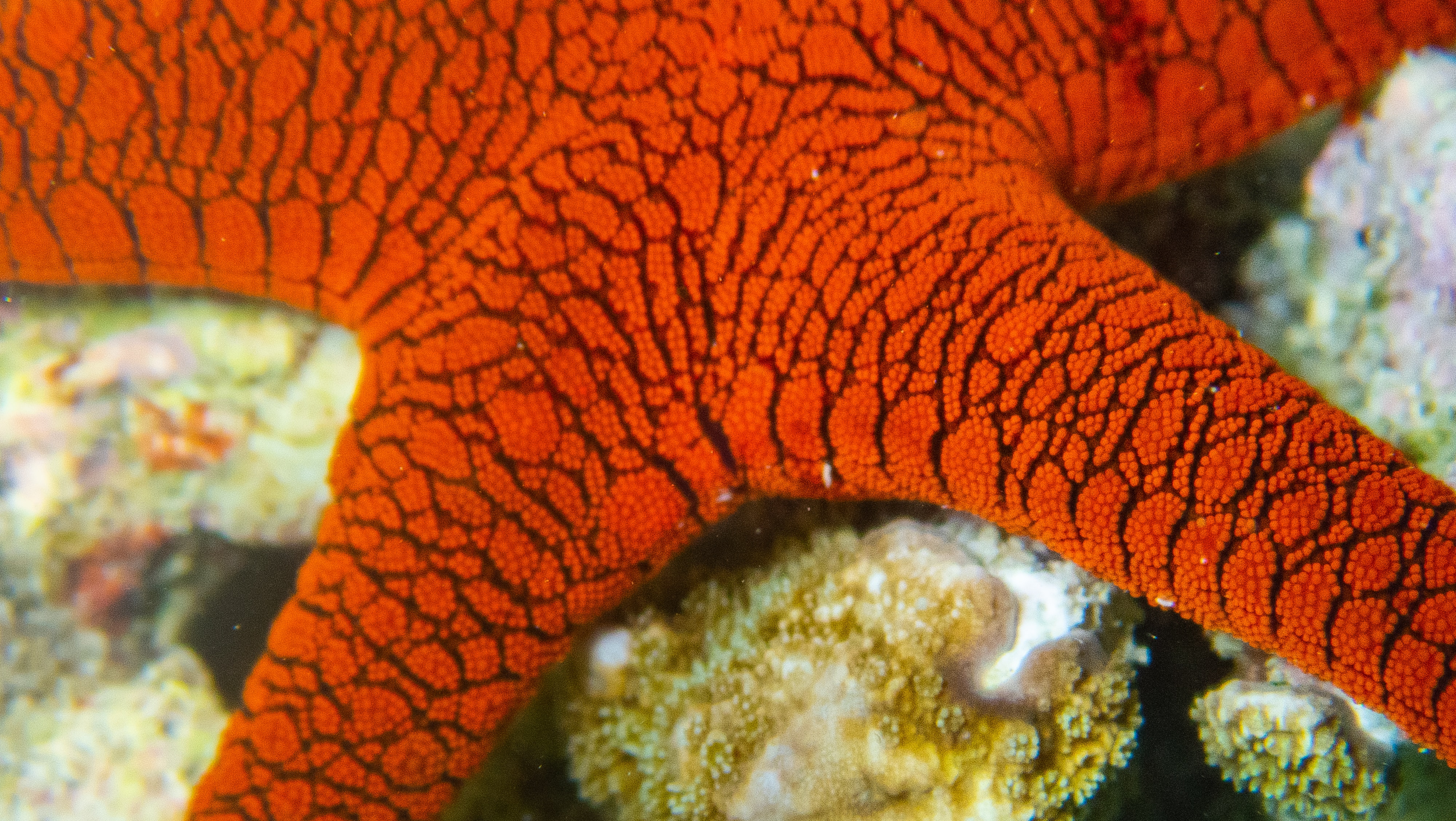Media release
From:
Ecology: Australian reef species decline following decade of warming
The majority of Australian shallow-reef species experienced population declines between 2008 and 2021, reports a study published in Nature this week. This trend, although not seen universally across all species, nevertheless suggests that greater conservation efforts are needed to safeguard marine ecosystems from climate change.
Detailed monitoring of species populations is needed to understand changes in biodiversity and put into place effective conservation strategies. Tracking species fluctuations in marine ecosystems has been particularly challenging, as population changes are hidden below the surface of the ocean and are thus much harder to observe.
Graham Edgar and colleagues conducted a large assessment of marine species population trends, combining the efforts of three of the world’s longest-running reef-monitoring programmes (the Reef Life Survey, the Australian Temperate Reef Collaboration and the Australian Institute of Marine Sciences’ Long Term Monitoring Program). These studies include a total of 26.4 million individual observations of 4,009 taxa of marine fish, mobile invertebrates (such as crabs), coral and seaweeds. These data were collected from 3,075 sites around Australia between 1992 and 2021.
Edgar and colleagues assess the population trends of 1,057 common shallow reef species between 2008 and 2021 and report a population decline in 57% of the surveyed species, with 28% of all observed species declining by more than 30%. This included 9 coral, 36 invertebrate, 34 seaweed and 227 vertebrate species. The researchers also measured the effect of heatwaves on species populations, compared to a baseline of 2008 water temperatures. Populations of cool-temperate species, in particular, were seen to decline following periods in which the water warmed by more than about 0.5 °C above 2008 levels; for example, the common sea dragon was seen to decline by 59% from 2022 to 2021). Many of these species are unique to Australia and would represent a large loss of biodiversity should they continue to decline.
The authors suggest that their findings can be used in an effort to protect these species from temperature fluctuations caused by human activity, a task that is essential to protect global biodiversity.
Expert Reaction
These comments have been collated by the Science Media Centre to provide a variety of expert perspectives on this issue. Feel free to use these quotes in your stories. Views expressed are the personal opinions of the experts named. They do not represent the views of the SMC or any other organisation unless specifically stated.
Associate Professor Zoe Richards is a Marine Invertebrate Curator at the Western Australian Museum and Leader of the Coral Conservation and Research Group at Curtin University
This study sends a clear message that not all is well in the ocean. Over the last two decades, marine taxonomists and ecologists have expressed concerns that marine species in Australian waters face an increasing risk of extinction. These calls have largely fallen on deaf ears because insufficient species-level monitoring data has been available to verify population sizes and trends.
Without this information, potentially threatened species have slipped through the cracks of regional and national threatened species legislation. This new study provides much-needed empirical evidence that population declines are occurring even among the most common marine taxa. Tropical and cool-temperate species in SE Australia are among the most at risk of extinction, and urgent action is needed to evaluate the status of all the rarer and currently data-deficient species that were not included in this study.
The threats identified to be harming the diversity of Australian marine life remain to be effectively addressed and many, such as climate change, are worsening. I echo the authors' calls for an expansion of species-level monitoring efforts and call for strengthening of the EPBC Act to ensure threatened marine taxa are adequately protected.



 Australia; NSW; VIC; QLD; SA; WA; TAS
Australia; NSW; VIC; QLD; SA; WA; TAS



